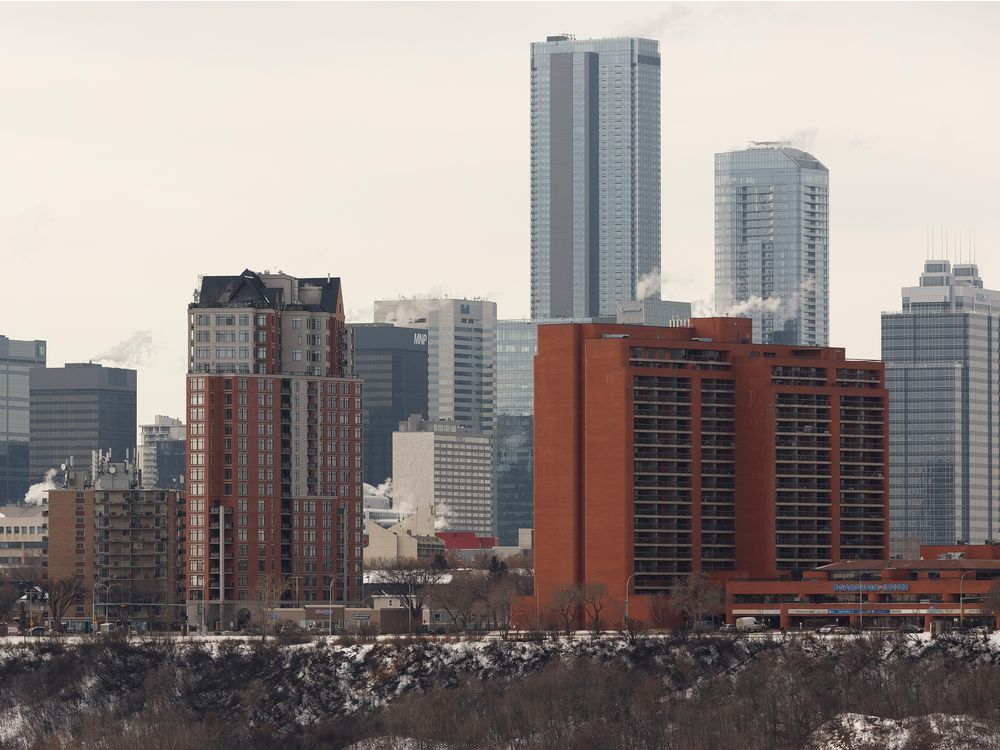Whoop. There it is. Haha.
Hopefully creates some interesting discussions! 300k bungalows in the NE paying way less than 600k condos downtown just doesn’t make sense from a city standpoint.
And if the argument is that people with pricey homes should pay more than those with less costly ones, I don’t think property taxes are the best vehicle for that. Income taxes, capital gains tax, and wealth taxes should hit those areas. Property taxes should ensure financial sustainability of the municipal costs to manage an area. 1mil walkable, low carbon footprint condo shouldn’t pay more than 600k big SFH in keswick.





